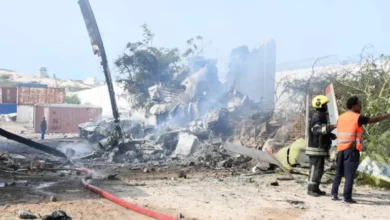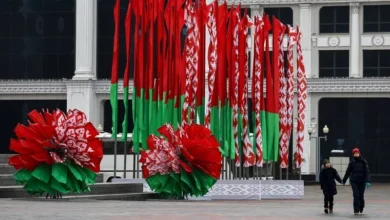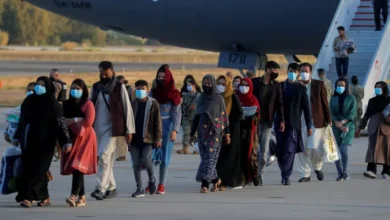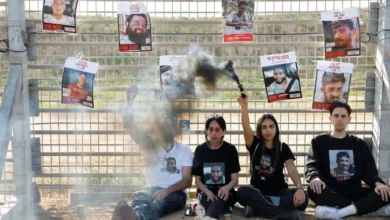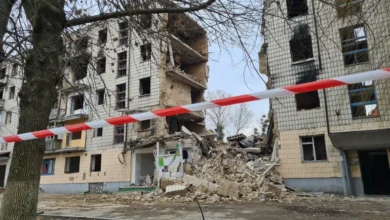Ukraine’s new top diplomat visits combat zone
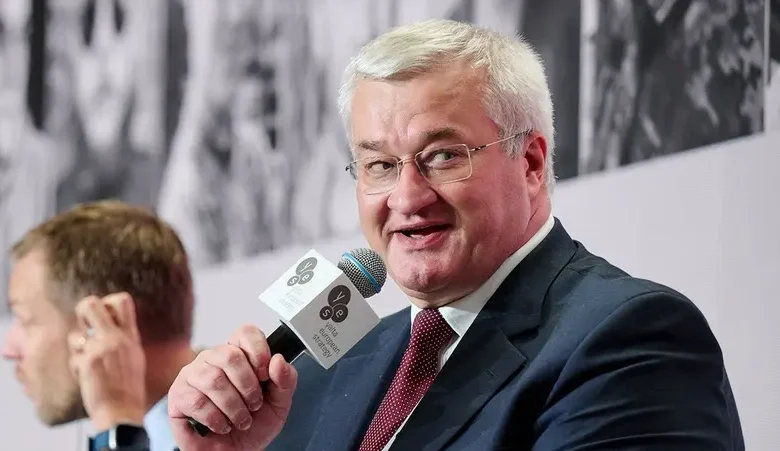
Ukraine’s new foreign minister made a surprise visit to the northeastern Sumy region on Sunday, close to the combat zone, to meet with soldiers and commanders in what he called a show of real “external priorities.”
“This is my first visit outside the capital, closer to the war zone, to our soldiers, who in particular are participating in the Kursk operation,” Andrii Sybiha, who was appointed this month, said in a Facebook post.
The nation’s defenders are now “the center of Ukraine’s foreign policy,” Sybiha said, adding that diplomatic corps had raised about 10 million hyrvnia ($250,000) in financial aid for Ukrainian troops — funds that will be transferred to one of the brigades in the country’s east.
“We talked in detail about how Western weapons work, what is needed, what is effective, and what is not. All this will be used by us in diplomatic work with partners,” Sybiha said.
The trip was significant, as Sybiha’s predecessors rarely visited the Ukraine’s front-line areas. Sumy and the Russian Kursk region that lies to its north have become one of the key battlefields as Russia’s full-scale invasion grinds through its third year.
Washington-based Institute of the Study of War said Ukraine’s incursion into Kursk, which started in August, has forced Russian commanders to redeploy troops from the Donetsk region of eastern Ukraine.
“A Russian counteroffensive operation to retake territory seized by Ukrainian forces in Kursk Oblast will very likely require even more manpower and material than Russia has already concentrated in the area, and therefore additional Russian redeployments from Ukraine,” the think-tank said in its recent update.
Ukrainian President Volodymyr Zelenskyy said the goal of Kursk operation was to take the war back to the place it began – Russia.
“We are putting pressure on Russia and doing everything to make the war felt there,” Zelenskyy said Saturday in his regular address to nation.
He also mentioned that within the past week, Russia has launched about 30 missiles of various types at Ukraine, along with more than 800 guided aerial bombs and nearly 300 strike drones.
The large Ukrainian cities of Odesa on the Black Sea coast and Kharkiv in the far northeast, not far from the Russian border, came under fire again over the weekend.
Two were killed in Odesa and at least 30 people injured in Kharkiv after strikes late Saturday and Sunday afternoon. Residential houses were among the objects hit, according to local authorities.
Ukraine’s Air Defense said on Telegram that 10 out of 14 drones and one missile were intercepted early Sunday morning.
Russian media reported about 30 Ukrainian drones were shot down overnight in eight regions, with little or no damage apparent.
